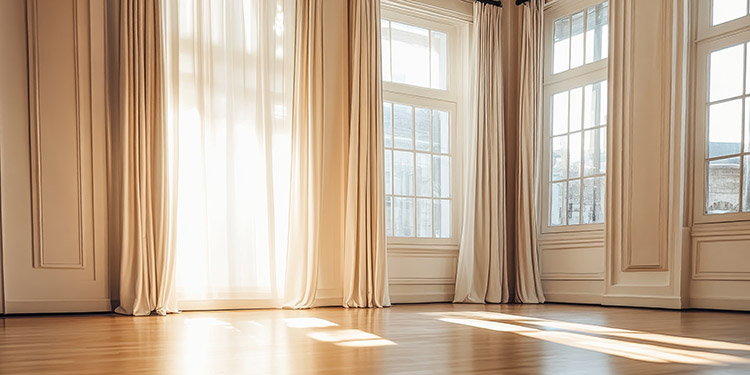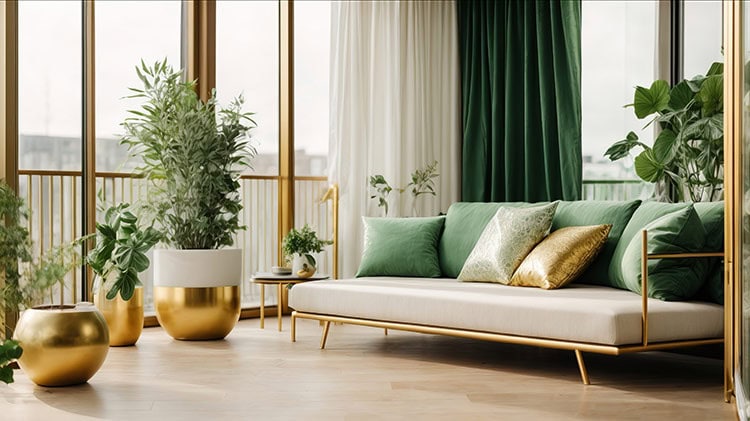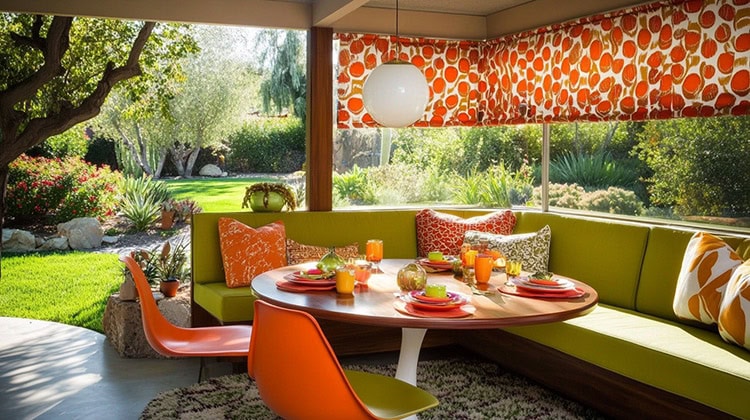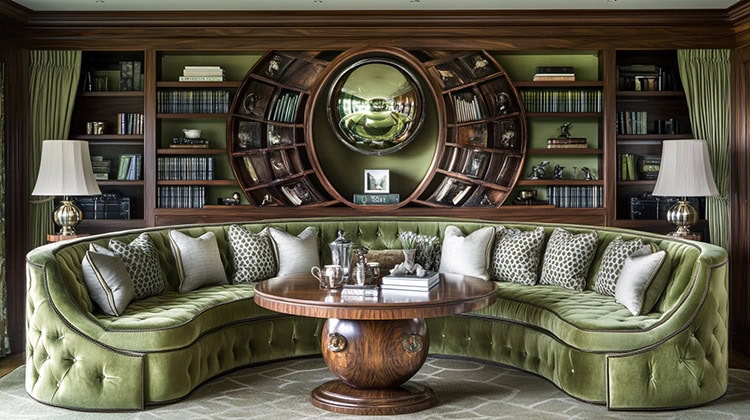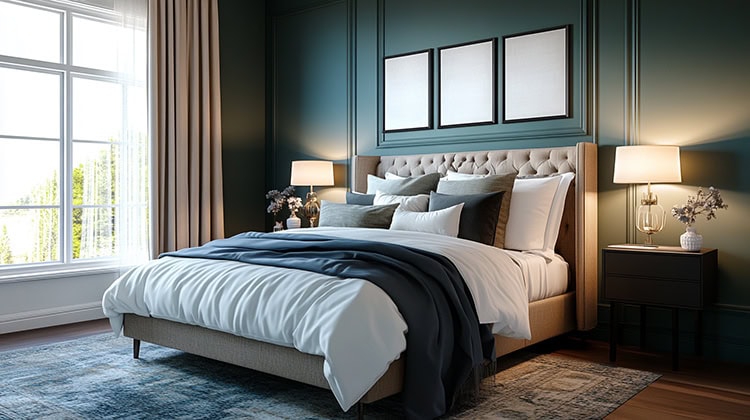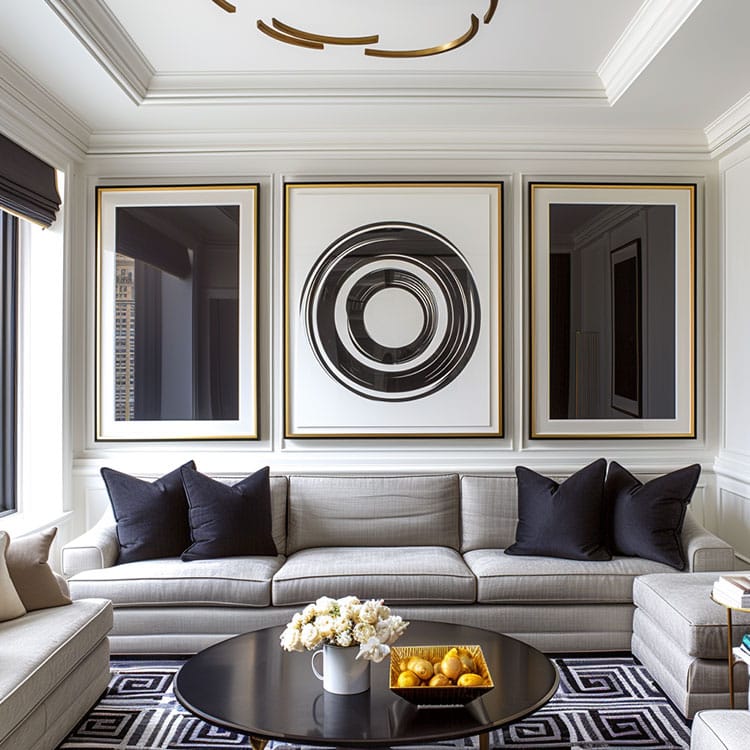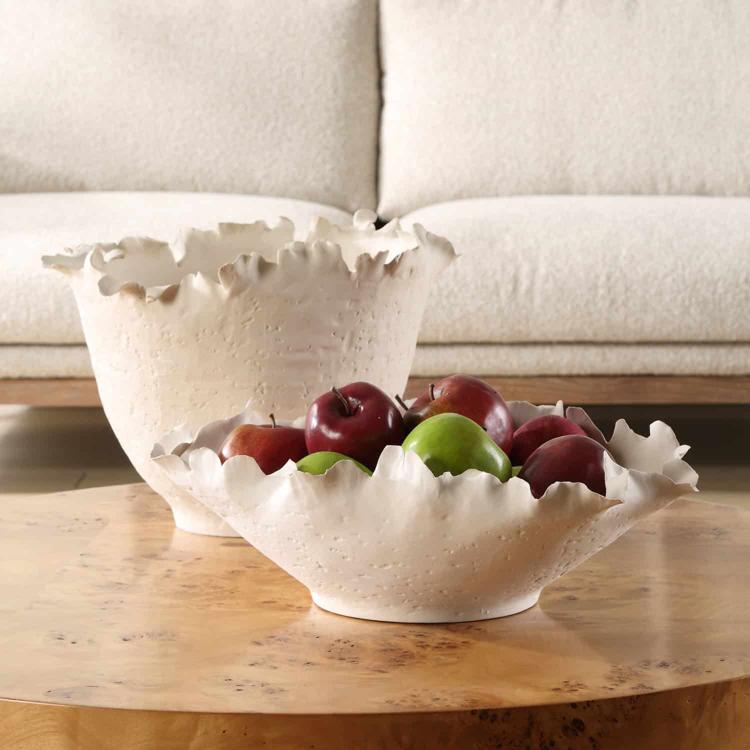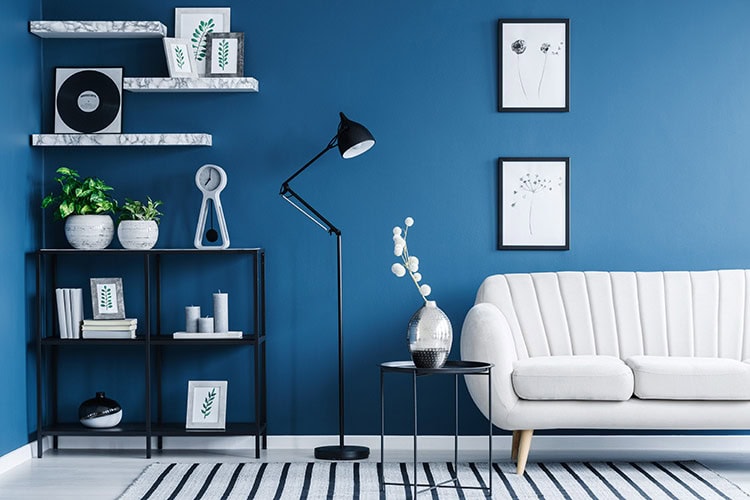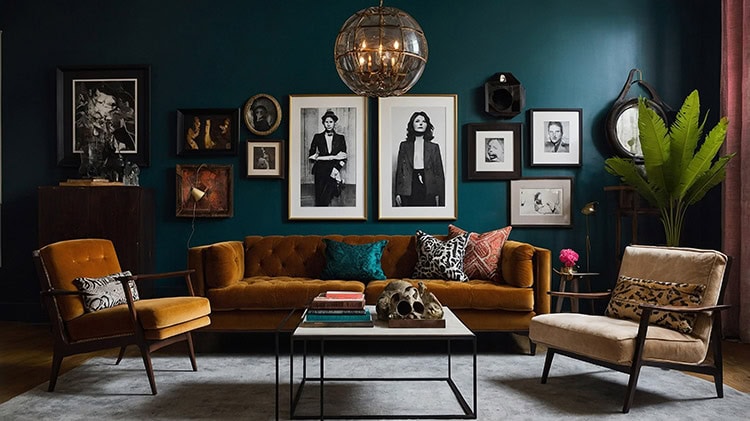The right area rug can transform the look of a room. But how do you know what rug will be best for your space? Let’s take a quick look at rugs in general and then move onto things to consider before making an investment.
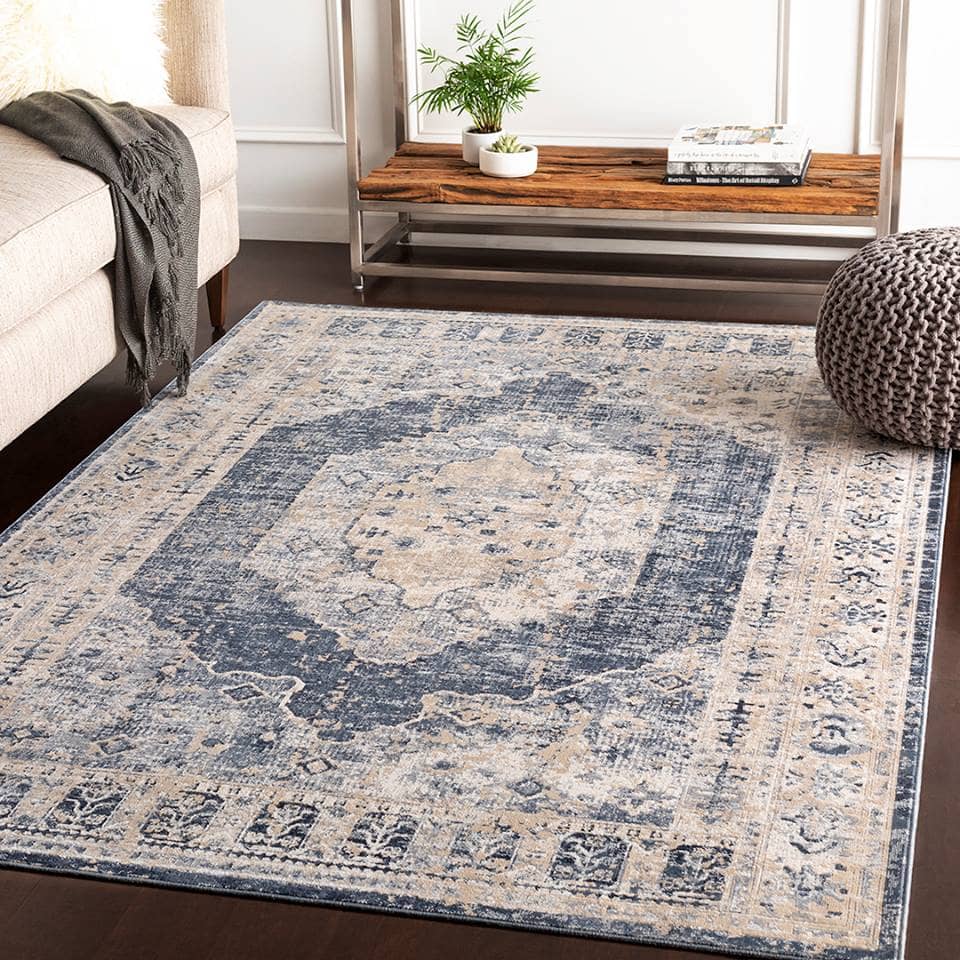
Area Rug Basics
Rugs have been used in homes for thousands of years. While rugs in ancient times were all handmade, today’s rugs are most often manufactured by machine (though there are some rugs that are still handmade).
Types of Weaves
Whether machine-made or hand-woven, generally come in 5 different kinds of weaves, which include hand-knotted, tufted, hooked, flat-woven and braided:
- Hand-knotted rugs consist of individual knots tied to the warp yarns that make up the length of the rug, creating a surface known as pile. More knots mean more durability and value. Another perk is that no two hand-knotted rugs are the same.
- Tufted rugs have loops, rather than knots, which are sheared to give a smooth feel. These rugs are beautiful but can shed more than others.
- Hooked rugs have loops that are left un-sheared, which gives them a knobby and embroidered look.
- Flat-woven rugs are created by weaving vertical yarns through horizontal ones. They are just as the name suggests: flat, with no pile.
- Braided rugs don’t have pile either. Yarns are braided into one continuous rope sewn into a spiral, making them extremely strong and durable. Many are often reversible as well.
If you have a high-use room, then it might be best to go with a rug of low pile. If comfort is a concern, simply add a cushy rug pad underneath. Bedrooms and formal dining areas are often more suited for high-pile rugs.
Types of Materials
When it comes to fiber materials, your options are natural and synthetic. Common natural fibers consist of wool, silk, cotton, sisal, hemp, bamboo, and jute. Synthetic fibers are generally polypropylene (olefin), rubber and nylon.
All have their pros and cons, and depending on how and where it will be used, as well as what budget allows, will often influence a purchase.
Rugs are a Big Investment so Choose Carefully
A quality rug is an investment, both visually and financially, so it’s important to give it careful thought before you make a purchase. Here are some quick questions to ask yourself during your quest for the perfect rug:
- What is your lifestyle like at home?
- What is your overall design style?
- How easy is it to keep clean?
- What feels best under my feet?
- What will be the purpose of it?
- Will I be living here a while or moving in the very near future?
- What can I afford?
Once you have answers to questions such as those, you’ll be able to move forward with your purchase and get the best rug for your space.
Found the Right Rug? Make Sure it’s the Right Size
The size of the rug you buy is extremely important to how it looks within the space. As a general rule, designers recommend that you leave at least 18” to 24” of bare floor exposed around all sides of a rug, excluding smaller areas such as a bathroom or entryway.
Some things to consider:
- If you find yourself in between sizes, always go bigger.
- Pay attention to proportion and placement (large room, large rug; long room, orient lengthwise).
- Visualize the final look. Using painter’s tape on the floor to mock the placement can really help.
These images can serve as a wonderful guide when it comes time to pick a rug:
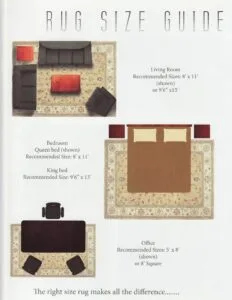
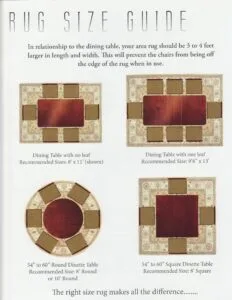
Getting Your Rug to Last
The best way to get longevity out of your rugs is to take proper care of them–and in most cases, this is fairly easy to do. The first step is simply to vacuum your rug regularly. With that said, most vacuums today are too abrasive on rugs because of the beater bar (brush). The best method for cleaning is to use the vacuum handheld attachments instead. While some fraying will occur with cleaning, a large number of fibers in the canister indicate that you’re cleaning too aggressively.
For spills, spot clean immediately, using a clean cloth wet with lukewarm water. Blot, as rubbing, can push the spill deeper into the surface of the rug, making it harder to clean the stain later. After that, use clean, dry towels to wick away excess moisture.
While regular upkeep can help preserve the life of your rug, we also recommend professional cleaning. Taking your rugs to a reputable cleaner at least once a year can really keep your rugs looking fresh.
Ready to add more rugs to your home? We have just what you need! Stop by one of our showrooms to see our beautiful collection and new arrivals!

